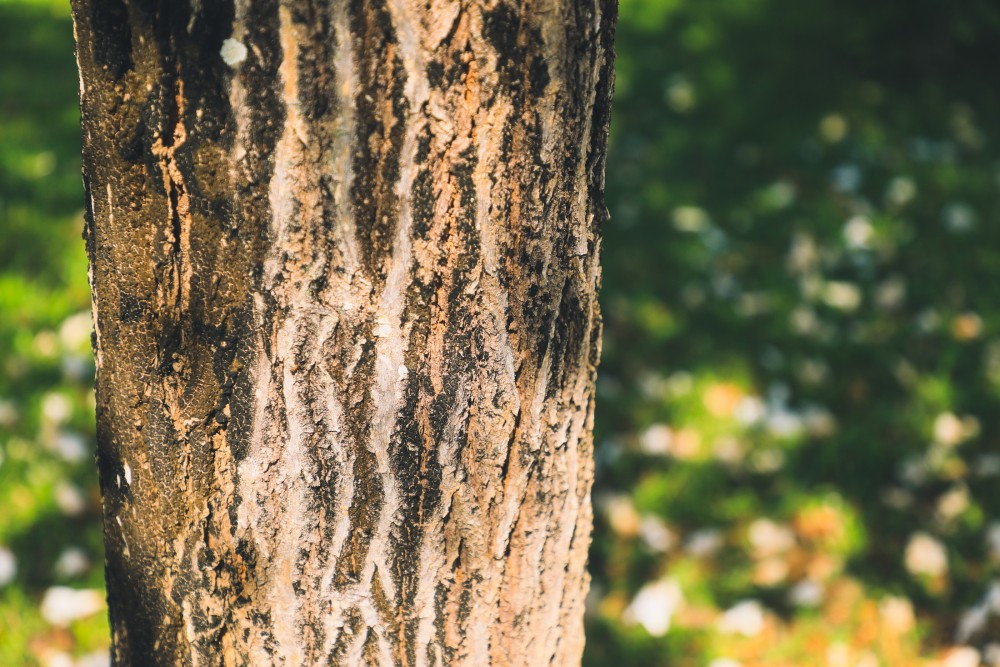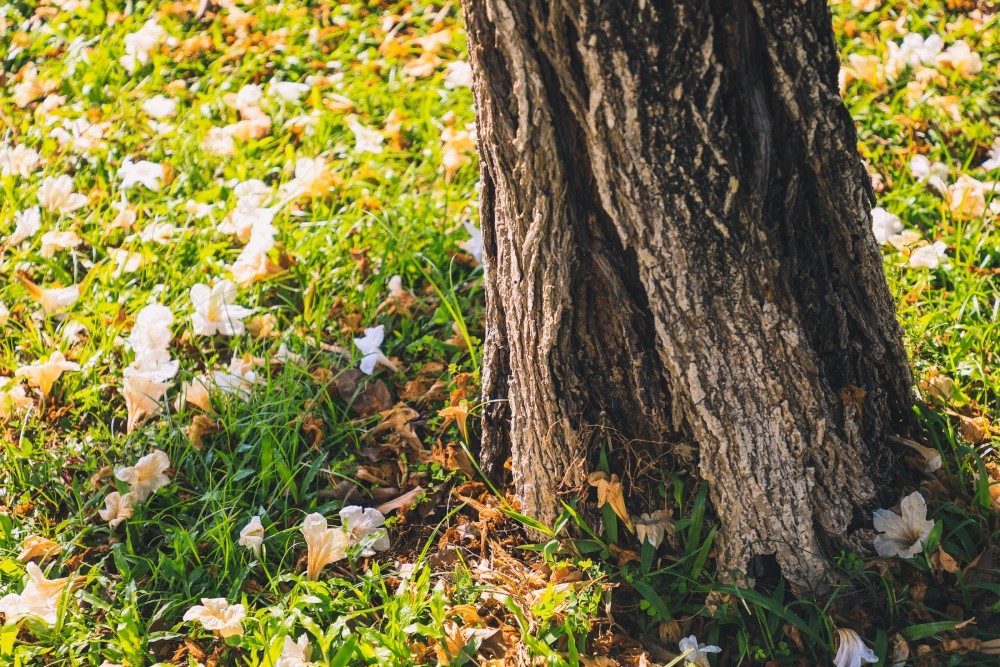No Data Found
Tabebuia rosea
Pink Poui, Rosy Trumpet Tree, Pink Tecoma
![]() Intermediate Sensitivity
Intermediate Sensitivity
| Species Name | Tabebuia rosea |
|---|---|
| Common Name | Pink Poui, Rosy Trumpet Tree, Pink Tecoma |
| Family | Bignoniaceae |
| Genus | Tabebuia |
| Taxonomic Synonyms/Past Names | |
| Taxonomic Notes |
Agree with the details?
Login to Vote Now
Species Information
- Deciduous tree growing up to 30 m tall, irregular crown. Leaves opposite, palmately compound with 5 leaflets. Flowers large, showy, 5-10 cm long, tubular, in various shades of pink to purple and white in loose clusters. Fruits are capsules c. 35 cm long, slender, and flattened.
- Southern Mexico to Venezuela and Ecuador
- Lowland deciduous forests
- Up to 1200 m elevation
No Data Found
No Data Found
No Data Found
No Data Found
No Data Found
No Data Found
No Data Found
No Data Found
- The roots tend to become superficial as the tree ages, and they may break structures and curbs. [1]
No Data Found
No Data Found
No Data Found
No Data Found
- During the flowering season, the flowers will last for a week. Fallen flowers will stain the roadside and make it slimy and slippery. [1]
No Data Found
No Data Found
No Data Found
No Data Found
- Fruits are elongated pods [1]
No Data Found
No Data Found
No Data Found
No Data Found
No Data Found
No Data Found
No Data Found
No Data Found
No Data Found
No Data Found
No Data Found
No Data Found
No Data Found
No Data Found
No Data Found
No Data Found
No Data Found
- Tolerance to heavy crude oil contamination was evaluated in four tree species, including Tabebuia rosea, through a Tolerance Index, integrating germination, height, biomass, and survival as variables. Tabebuia rosea showed high mortality at all concentrations of petroleum. [1]
No Data Found
No Data Found
No Data Found
No Data Found
No Data Found
No Data Found
- Prefers a pH range of 5.5-7.0 but tolerates 4.5-8.5. Flowering trees do well in acidic soil. [1]
- Widely planted, especially in urban areas.
No Data Found
No Data Found
No Data Found
No Data Found
No Data Found
- Tolerates saline soils and salt spray. [1]
No Data Found
No Data Found
No Data Found
No Data Found
No Data Found
No Data Found
No Data Found
- Native to Mexico, Ecuador, and Venezuela. [1]
No Data Found
No Data Found
No Data Found
No Data Found
No Data Found
No Data Found
- It is drought tolerant. Heavy rains after long and hot dry spells induce flowering. [1]
No Data Found
No Data Found
- It is drought tolerant. Heavy rains after long and hot dry spells induce flowering. [2]
- It has brittle branches that are easily broken by strong winds. There have been many cases of tree and part failure during heavy rain and storms in Johor Bahru, Johor.
No Data Found
No Data Found
No Data Found
No Data Found
No Data Found
No Data Found
No Data Found
No Data Found
No Data Found
No Data Found
No Data Found
No Data Found
No Data Found
- The epiphytic fern Pyrrosia piloselloides harms this species by smothering its growth. Susceptible to heart rot disease. [1]
-
Insufficient Data
No Data Found
No Data Found
No Data Found
No Data Found
- Attracts birds [1]
No Data Found
No Data Found
No Data Found
No Data Found
- A decoction of the bark is recommended for treating anaemia, constipation, intestinal parasites, malaria and uterine cancer. A decoction of the flowers, leaves and roots reduces fever and pain, promotes sweating, and treats tonsil inflammation and other disorders. Used to make products. [1]
Contributors: anonymous
Last Updated: 2023-03-15


No comments